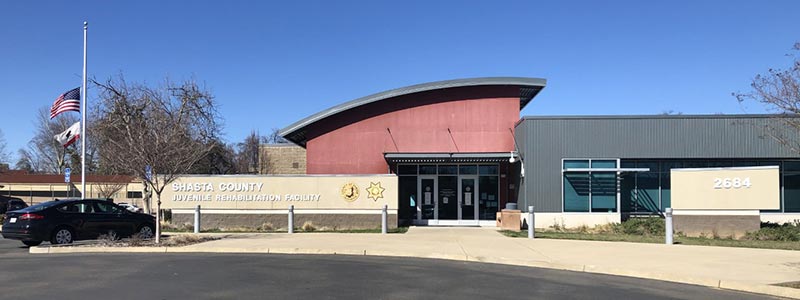
REDDING, Calif.— A new in-custody commitment treatment program run by GEO Reentry Services extends a helping hand to youth offenders at the Juvenile Rehabilitation Facility in Shasta County, offering participants evidence-based treatment to help them begin the transition back into the community as productive citizens.
Launched in February, the GEO Reentry program operates in partnership with the Shasta County Probation Department and Health and Human Services to provide reentry programming for some of the male and female residents living at the Juvenile Rehabilitation Facility, which is located at 2684 Radio Lane. Participants have access to services that assist in long-term behavioral change, including individual cognitive behavioral treatment, substance abuse programming, Moral Reconation Therapy (MRT), family case planning and more. The program will operate Monday through Friday, from 11 a.m. to 7:30 p.m.
At the start of the four-phase residential program, staff work with participants to create an Individual Behavior Change Plan based on a criminogenic risk and needs assessment. This plan acts as a roadmap to guide individuals’ successful advancement through the program, which was developed to address the challenges facing young offenders, reduce costly incarceration and recidivism, and enhance public safety in the community.
The average length of participants in the youth program is six months to one year, during which time participants engage in a range of groups and individual sessions designed to help them establish greater self-sufficiency, adopt pro-social attitudes, develop life skills and learn to manage any barriers that might get in the way of future achievement. The probation department will select youth at the facility to participate in the treatment program.
GEO Reentry also operates the Shasta County Day Reporting Center for the probation department. Located at 1415 Court Street, the Shasta County DRC can serve up to 150 probationers and provides a structured combination of evidence-based practices, training, case management and community connections. The program combines daily reporting with groups and treatment that focus on employment or full-time school enrollment when participants exit the program.
